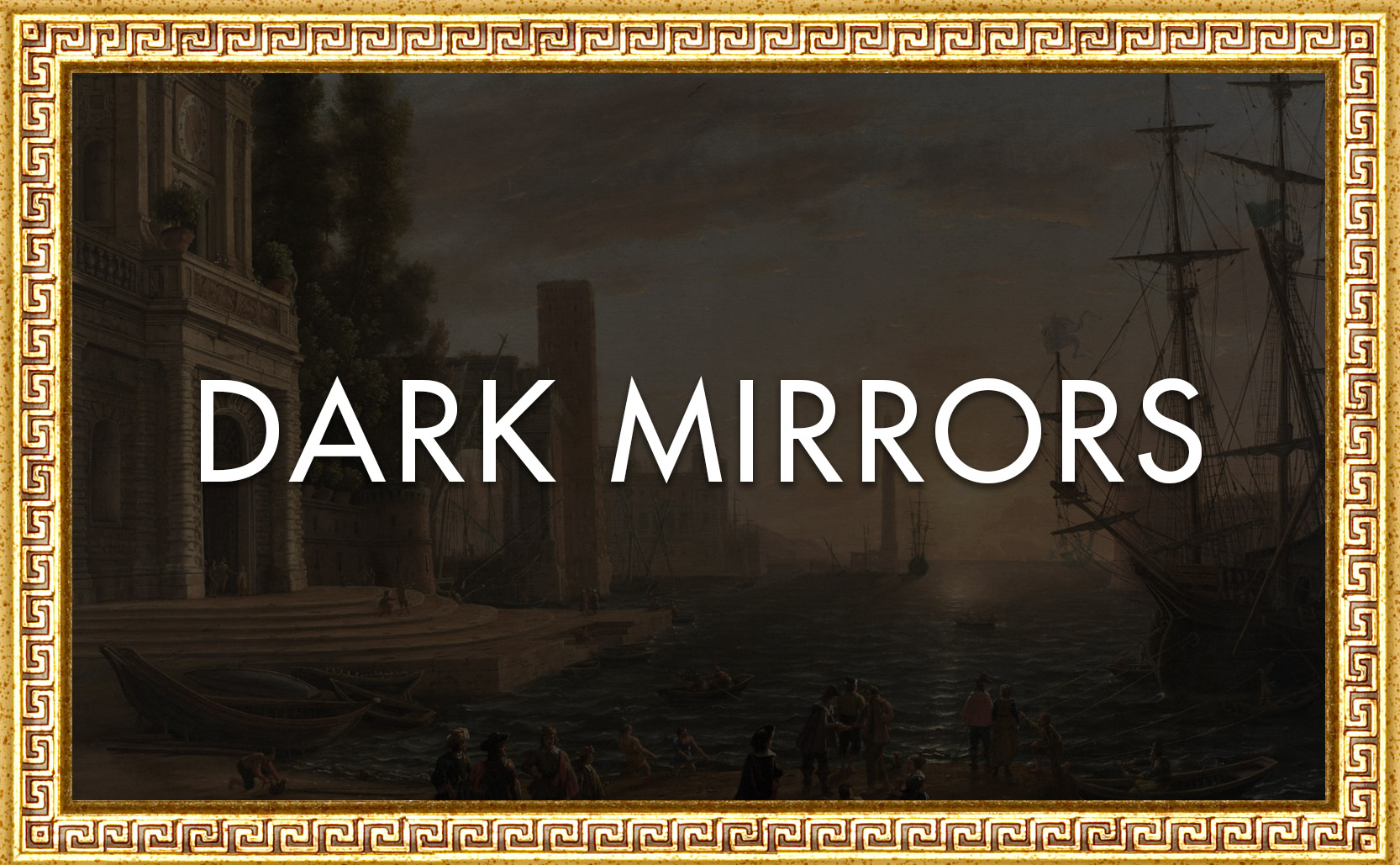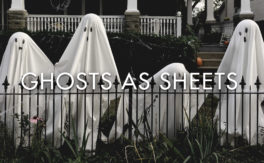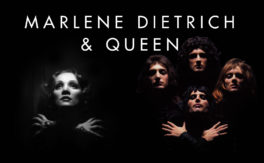Darkened mirrors have been used for the arts as well as the dark arts.
In the late 18th century the growing popular aesthetic movement was Picturesque. Begun in the late Renaissance, the idea of picturesque art gained traction through the writings of English artist & cleric William Gilpin. Picturesque was a balance between the beautiful and the sublime, between the attractive and the dangerous, between the gentle and the powerful. It made artists & audiences reevaluate how they saw nature.
In western art, landscapes had generally been just the background to something else – you could have a landscape but it was being covered by the subject of the painting in the foreground. It wasn’t until the picturesque movement that landscape paintings became celebrated in their own right.
Claude glass
One artist that Gilpin praised for his picturesque work was 17th century French painter Claude Lorrain. The paintings of Lorrain frequently featured landscapes dotted with small people, unfinished/crumbling classical buildings and natural settings. His quality of soft light became of particular interest to the picturesque movement, a movement that took shape nearly a century after Claude’s death in 1682.
To help an artist create landscapes similar to Lorrain, and thereby create a picturesque work of art, one could look to (and at) a Claude glass. A Claude glass (named for Lorrain although there is no indication he ever used anything like it) is a dark convex mirror that can simplify the tonal range of colors of whatever is being reflected in it. Gilpin advocated the use of the Claude glass by saying it would “… give the object of nature a soft, mellow tinge like the colouring of that Master”.
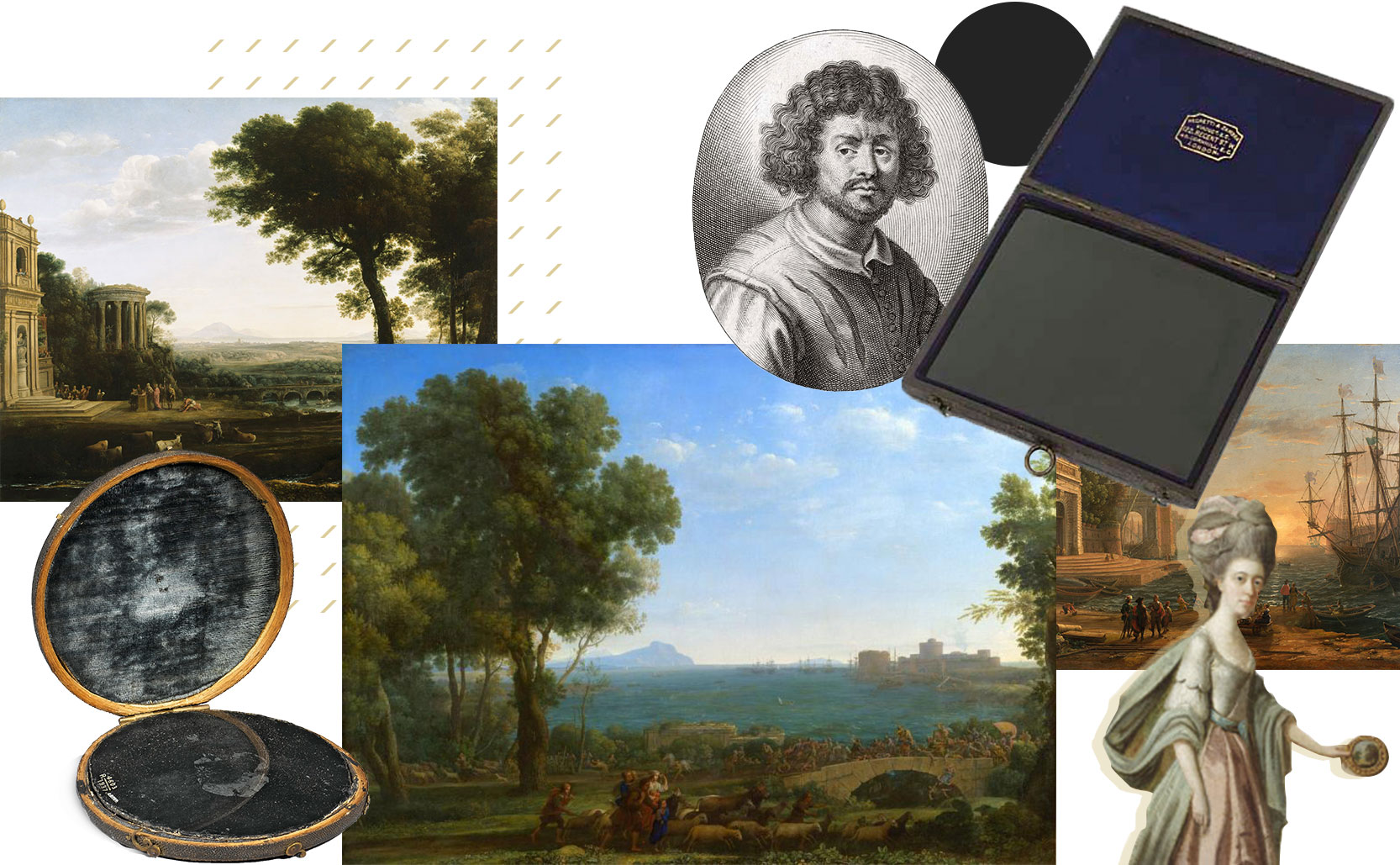
The Claude glass was a popular tool among late 18th century landscape painters who would turn their back to the landscape they wanted to paint, open the mirror facing it backwards towards the landscape, and then paint from what they saw in the mirror. The Claude glass was also being used by wealthy tourists of England as a sort of augmented reality tool to filter the world around them.
This led to ridicule as these tourists showed up to take in nature by turning their backs to it and opening a mirror. By the early 19th century the Claude glass largely fell out of fashion but you can still find them here and there. The Desert View Watchtower at the Grand Canyon has a few installed in the tower to view the canyon, and you sometimes find them as art installations in arboretums and nature preserves.
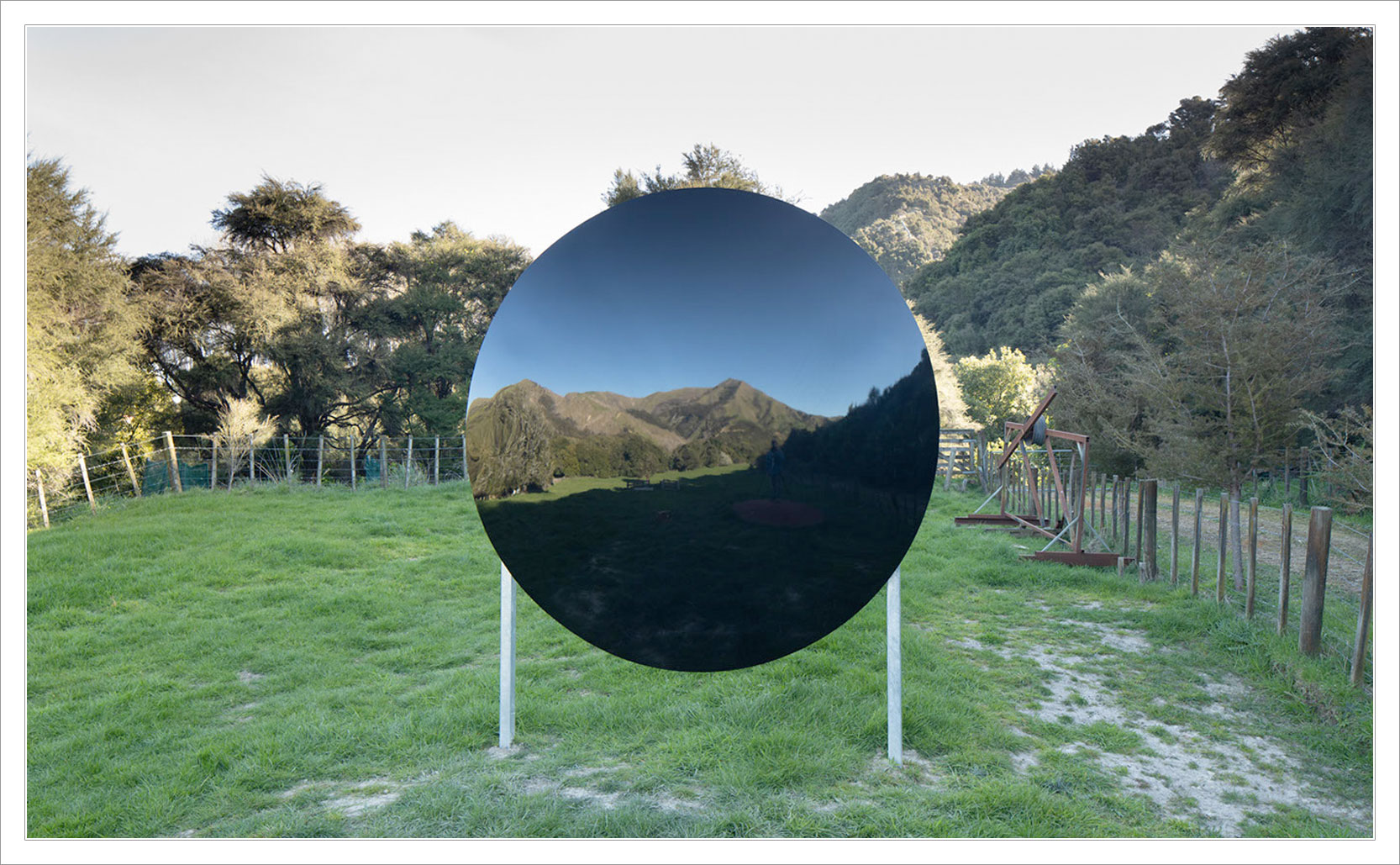
Scrying (sung like Roy Orbison’s Crying)
While the darkened surface of the Claude glass allowed a person to look back (literally), in divination a dark mirror allows you to look forward. Scrying is the magical act of gazing into a reflective / luminescent surface (a crystal ball, water, fire, a mirror, etc) with the intention of clairvoyantly gaining knowledge.
Scrying, in various forms, has existed in cultures around the world over thousands of years. Ancient Egyptians had young boys look into vases filled with oil to seek divine knowledge. The Oracle of Delphi would stare into a dish of Kassotis spring water. In Persian mythology the cup of Jamshid was used to see all seven heavens of the universe. John Dee used a crystal ball as well as polished obsidian to try and acquire esoteric knowledge (both objects are now in the British Museum, but of questionable provenance). Even Joseph Smith claimed to look at magical “seer stones” to receive special information from God before founding Mormonism.

Black Mirror
Water scrying was popular before the widespread availability of mirrors. Nostradamus used water scrying to see visions and make predictions about the future. While the accuracy of Nostradamus’s predictions is questionable, nobody can deny he stared at a bowl of water.
Black mirrors are used to see visions instead of reflections. The back of the glass is coated in black instead of an ordinary mirror’s reflective silver. The darkened surface allows one to stare into the mirror while little of the surrounding environment is reflected. That said there is a difference of opinion on whether you should be able to see your face or not. In either case, like someone about to go on a psychedelic drug trip, the set & setting of a scrying experience makes a difference – a darkened room, a candle / candles, maybe some incense, and a way to record your visions. With eyes of soft focus one looks into the black mirror and hopes to gain mystical knowledge.
Like astrology or other forms of divination, scrying has absolutely no merit as a way to learn about the future. Staring at a black mirror is not magical. However, the act of sitting in quiet reflection for an extended period of time (ie. meditation), alone with your thoughts, can prove beneficial psychologically, if not psychically.


